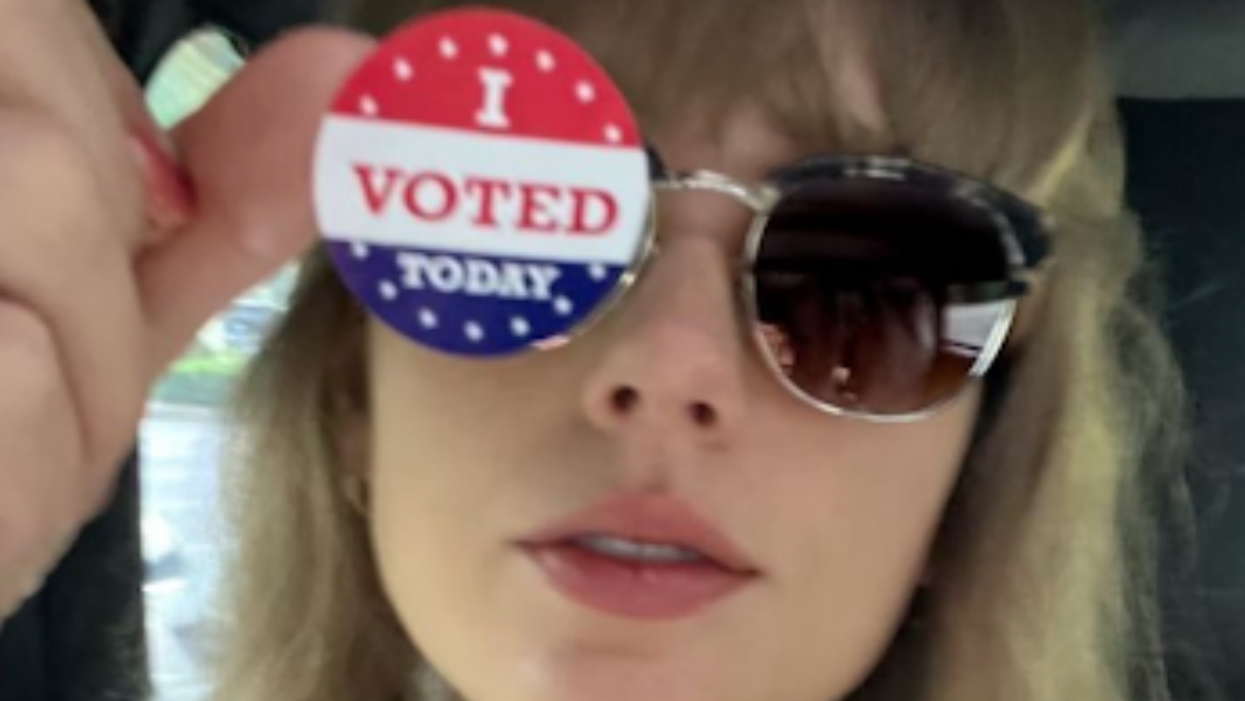David Nevins is co-publisher of The Fulcrum and co-founder and board chairman of the Bridge Alliance Education Fund.
Superstars voicing their opinion on social and political issues is nothing new in America.
Movie and music stars have always had an enormous influence on politics, including Edward G. Robinson, Ronald Reagan, Harry Belafonte, Jane Fonda, Charlton Heston, Warren Beatty, Arnold Schwarzenegger, Barbra Streisand, Beyoncé, and Lady Gaga. They have all entered the political fray from both the left and the right.
In more recent times, Kanye West joined the fray when he entered the White House wearing a “Make America Great Again” hat and Billie Eilish, at the age of only 18, debuted the first live performance of her single “My Future” at the Democratic national convention in 2020. After the shooting of Jacob Blake in 2020, NBA stars LeBron James and Jamal Murray, as well as many other NBA players, expressed their support for social justice by sitting out a playoff game against the Orlando Magic. Their path was influenced by Colin Kaepernick, who knelt to honor Black lives and became an NFL pariah.
Jennifer Lopez and Alex Rodriguez joined protesters in Los Angeles in June of 2020 in a demonstration against racism and police brutality. In 2021, Barbra Streisand, a lifelong activist, criticized Republican efforts to introduce new voting restrictions as GOP legislators throughout the country proposed bills to tighten election regulations.
Whether celebrity political activism does more harm than good is a subject of much debate, yet in this age of social media the ease of harnessing one’s stardom has increased dramatically. Where in past eras, stars needed movie studios and record labels, many artists own their music and have direct access to their fans. So, today there should be little surprise that Taylor Swift, the biggest star of them all, is entering the political arena and garnering both praise and criticism for doing so.
The number of Taylor Swift fans is staggering. According to a 2023 survey by Morning Consult, in the U.S., 53% of adults said they were fans of Swift, of whom 44% identified as “Swifties” and 16% as her "avid" fans. Of the fans, 52% were women while 48% were men. As of August 12, 2023, the current population of the USA is 339,996,563, and Swift had nearly 519 million followers on all her social media platforms, reaching an international fan base. Her impact when she chooses to voice her opinions should not be underestimated by anyone.
As with the superstars of previous generations, many of Swift's positions do not sit well with those opposing her views. However, raging a war against her could backfire given the loyalty of her supporters. After Taylor Swift supported the democrat candidate for the Senate in 2018 running again Republican Senator Marsha Blackburn (who won), then president Donald Trump dissed Swift by saying, “I'm sure Taylor Swift doesn't know anything about her,” (Blackburn) and then added, with a laugh: “Let's say that I like Taylor's music about 25% less now, OK?”
In commenting on her interest in politics Swift says, “In the past I’ve been reluctant to publicly voice my political opinions, but due to several events in my life and in the world in the past two years, I feel very differently about that now.” She went on to say, “It’s not enough to just want change…you have to go and make change by voting.“
In an interview with The Guardian, Swift explained more fully about her politics, mentioning Trump’s presidency specifically, which she said is an “autocracy.” “We’re a democracy — at least, we’re supposed to be — where you’re allowed to disagree, dissent, debate.”
While most of Swift's music stays away from politics there are exceptions. Her 2019 hit song, “You Need to Calm Down“ unambiguously takes an equality-first stance as she criticizes haters and homophobes, and ends with a powerful statement to support a Senate petition in favor of the Equality Act which would protect all people from discrimination.
Released in January of 2020, “Only The Young” is considered a protest song by many as she includes topics such as school shootings, Donald Trump and voter tampering in her lyrics.
“I always have and always will cast my vote based on which candidate will protect and fight for the human rights I believe we all deserve in this country,” Ms. Swift added that “I cannot vote for someone who will not be willing to fight for dignity for ALL Americans, no matter their skin color, gender or who they love.”
The extent of her influence was evident in September when Swift posted a short message on Instagram encouraging her 272 million followers to register to vote. Afterward, the website she directed her fans to — the nonpartisan nonprofit Vote.org — recorded more than 35,000 registrations, according to the organization.
Whether Taylor Swift chooses to dive deeper into the political fray or not remains to be seen. Some of her fans believe she has a duty to speak out and some think she should just stick to music and dance. Given that she was once apolitical and now she is speaking out, the path seems predictable. Of course no one knows for certain where the life journey of Taylor Swift will lead.
One thing that is certain, no matter her choice, she is exercising her freedom of speech and everyone else will have opinions about her views. That’s the American way.




















